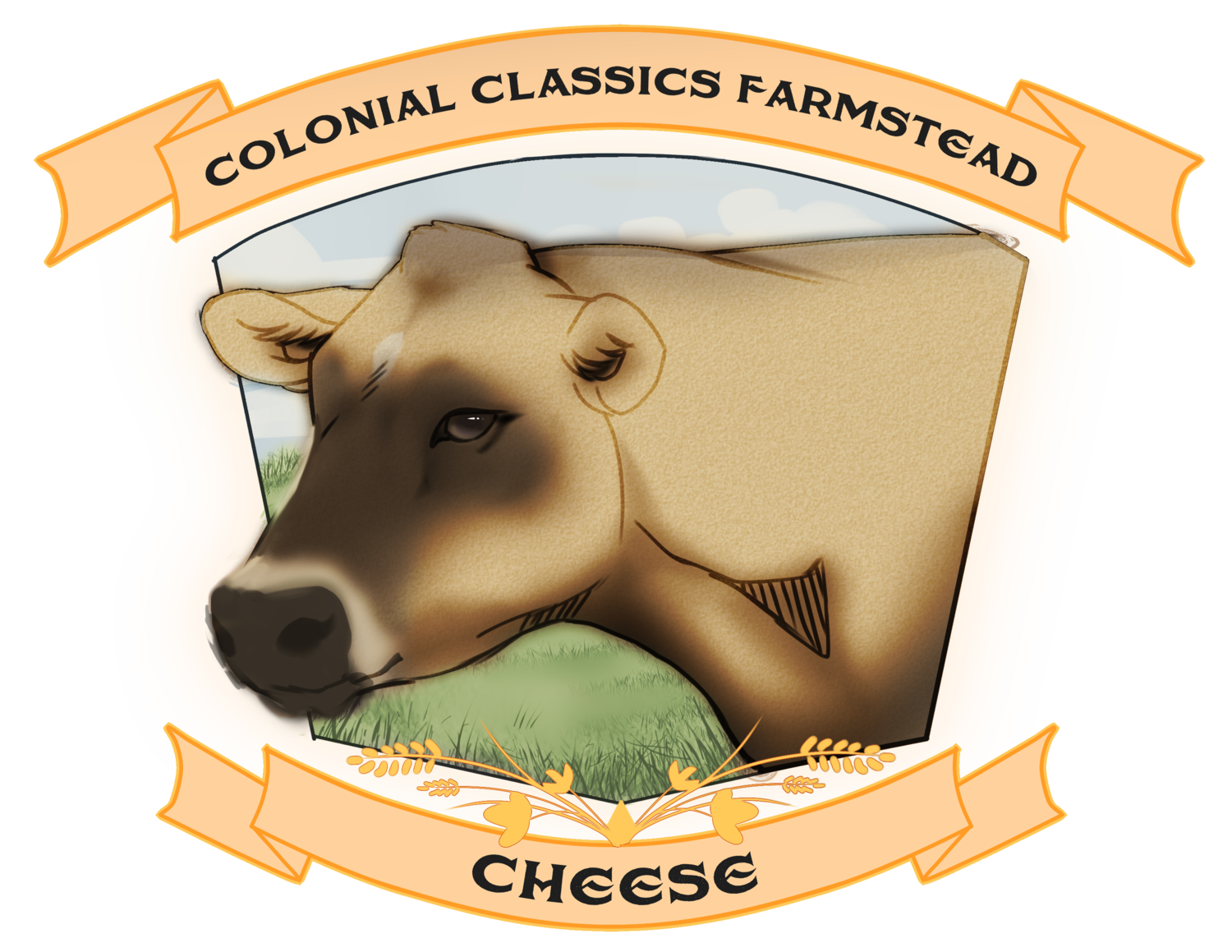Frequently Asked Questions
What makes our cheese better?
We only use the purest ingredients starting with the milk. We use only raw whole grass-fed cow milk, vegetable enzymes and sea salt. Time and attention to cheesemaking techniques go into every batch of our cheese. This insures artisanal quality and preservation of the benefits of grass-fed. Captured and preserved in a cheese that becomes a ‘living food’ with the capability of becoming more unique with age.
Why do we grass feed?
Animal husbandry is about caring for the livestock. This involves research, counsel, investment and experience to efficiently work and succeed. What the animal eats is a primary factor in overall health and well being. There are many vitamins and minerals including calcium, phosphorous, magnesium and trace elements found in grazed grass. Put to the test through time and experience, it is a well known fact that cows thrive in free choice pasture grazing environments. A portrait of a well maintained pasture consists of a variety of grass species from the protein rich Dutch clover with the characteristic “clover leaf” and fragrant white flower famous for honey production; to the blue green timothy, known for livestock maintenance. As you would walk through the pasture, you may see a redtop, purple top or distinctive brome grass with drooping heads that resemble common oats. Continuing on, whatever plant species you encounter, it is evident that it was once a seed; deposited by some random means to obtain an ecologically friendly spot to call home. These thriving plants will perform photosynthesis and take energy from the sun as a necessary element to grow. Beta-carotene is a natural form of vitamin A. The high beta-carotene content of grass is the reason why cattle that graze possesses more beta-carotene in their bodies.
why do we use raw milk?
Milk, in its raw state is made up of various components. Milk is made up of water, lactose, fat, protein and minerals; along with biological proteins and enzymes. Milk is also a good source of probiotics and essential vitamins. Grass-fed raw milk is also known to contain CLA ( conjugated linoleic acid). CLA is shown to inhibit cancer and maintain lean body mass while promoting loss of body fat. Heat is used in pasteurization. Degradation of these essential vitamins and beneficial enzymes occurs in foods and beverages exposed to temperatures above 120 degrees F. According to the International Diary Foods Association, different methods of pasteurization indicates that pasteurization temperature ranges from 145 degrees F to 280 degrees F.
